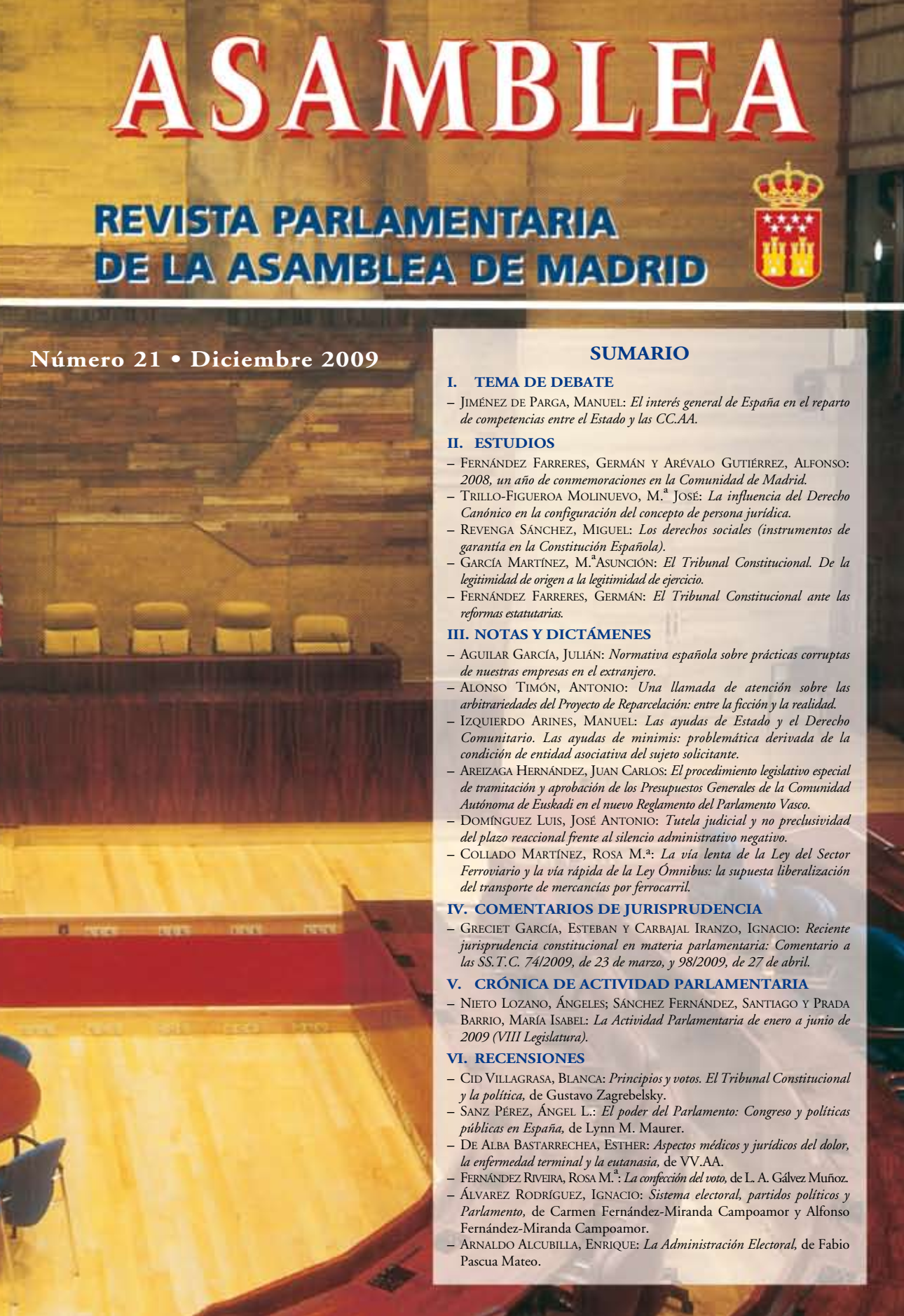La influencia del Derecho Canónico en la configuración del concepto de persona jurídica
Main Article Content
Abstract
The objective of the present work, entitled “The influence of Canon Law in the design of the concept f the legal entities”, is to recover the singular concept of the legal entity and the different significant historical contributions to the process, especially that of Canon Law.
Since the moment of the last half of the 19th century when Serick proposed the theory of “lifting the veil” regarding legal entities, the doctrinal as well as the functional lack of confidence in this institution has never ceased to grow. This has became obvious as evidenced in our legal system that have introduced “control” mechanisms over the associated entities. In addiction, there has been a proliferation of entities personified as “judicio-public”, as well a other mixed types; and the phenomenom of the so called “flight from the Administrative Law”. This tendency has caused the
technique of private judicial personification to be applied broadly within the public sphere, along with the concomitant displacement of its judicial framework.
These two phenomena have propelled me too try to decipher the common and intrinsic layer of the concept of the legal entity as a socializing instrument after the above mentioned crisis, with the objective of uncovering what remains of it.
Downloads
Article Details
How to Cite
Issue
Section

This work is licensed under a Creative Commons Attribution-NonCommercial-NoDerivatives 4.0 International License.
© Asamblea de Madrid. Los originales publicados son propiedad de la Asamblea de Madrid, siendo necesario citar la procedencia en cualquier reproducción parcial o total.
References
MERRYMAN, John Henry, “La tradición jurídica romano-canónica”. Breviarios del Fondo de Cultura Económica, 1971.
ORTEGA Y GASSET, José, “Una interpretación de la historia universal”. Obras completas. Alianza Editorial, p. 120.
PANIZO ORALLO, Santiago, “Persona jurídica y ficción” – Ediciones Universidad de Navarra, S.A. Pamplona, 1975.
CASTÁN TOBEÑAS, José, “Derecho civil español, común y foral” Instituto editorial Reus, 1974, p. 1 y ss.
MILANO, A./Pavan, A., “Persona e Personalismo”. Napoli.
GRESHAKE, G., “Dios Uno y Trino” Ed. Herder, 2001, pp. 107 y ss.
De Castro, Federico, “la persona jurídica” Editorial Civitas, 1981.
GARCÍA, Pelayo, “El reino de Dios, arquetipo político” Estudios sobre las formas políticas en la Alta Edad Media. Obras Completas. Centro de Estudios Constitucionales, p. 735–906.
VON GIERKE, Otto, “El derecho alemán y las corporaciones”.
DE SALISBURY, Juan, “Policratus” Edición castellana preparada por M. A. Landero, M. García y T. Zamarriego. Madrid, 1984.
HOBBES, Thomas, “Leviatán”, Trad. Por M. Sánchez Sarto; edición preparada por C. Moya y E. Escotado, Madrid 1979.
VON SAVIGNY, Federico Carlos, “Historia del Derecho Romano en la Edad Media” y “Sistema de Derecho Romano actual”.
VON GIERKE, Otto, “Teorías políticas de la Edad Media” Estudio preliminar de Benigno Pendás. Traducción de Piedad García Escudero. Centro de Estudios Constitucionales, Clásicos Políticos.
SANTAMARÍA PASTOR, Juan Alfonso, “Principios de Derecho Administrativo”. Editorial Centro de Estudios Ramón Areces. Volumen I. Cuarta edición, pp. 366 y ss.
GARRIDO FALLA, Fernando, “Tratado de Derecho Administrativo” Instituto de Estudios Políticos. Quinta Edición. Madrid, 1975.
Nuevo Testamento. Editorial Eunsa.
DIEZ-PICAZO Y GULLÓN, “Sistema de Derecho Civil” Volúmenes I y II. TECNOS. Quinta y octava edición.
VILLAR EZCURRA, J. L., “Derecho Administrativo Especial”. Civitas.
GARCÍA PELAYO, Manuel, Estudios sobre las formas políticas en la Edad Media.
“El reino de Dios arquetipo de lo político” “Obras completas” Centro de Estudios Constitucionales.
GARCÍA DE ENTERRÍA y RAMÓN FERNÁNDEZ, Tomás, “Curso de Derecho Administrativo”. Editorial Civitas. Novena edición.
TRUYOL Y SERRA, Antonio, “Historia de la Filosofía del Derecho y del Estado” Volúmenes I, II y III. Alianza Universidad textos.

